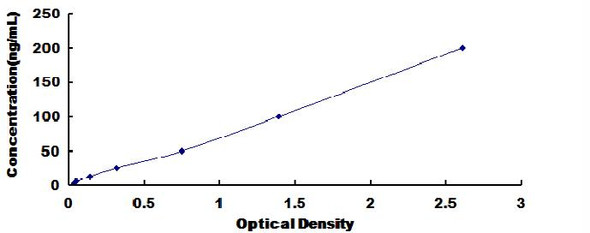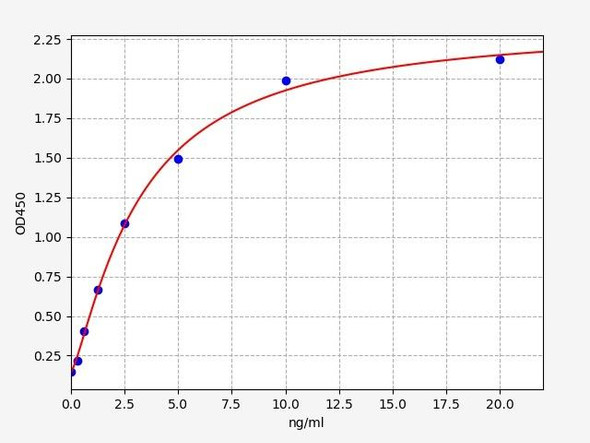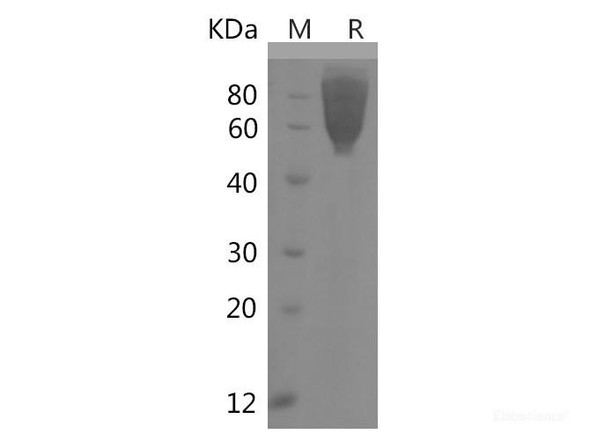Description
| Product Name: | Human Coagulation Factor XIII B chain/F13B Recombinant Protein (His tag) |
| Product Code: | RPES5999 |
| Size: | 20µg |
| Species: | Human |
| Expression Host: | HEK293 Cells |
| Synonyms: | Coagulation factor 13, Coagulation factor XIII, FXIIIB |
| Mol Mass: | 72.6 kDa |
| AP Mol Mass: | 80 kDa |
| Tag: | C-His |
| Purity: | > 95 % as determined by reducing SDS-PAGE. |
| Endotoxin Level: | Please contact us for more information. |
| Bio Activity: | Testing in progress |
| Sequence: | Met1-Thr661 |
| Accession: | P05160 |
| Storage: | Generally, lyophilized proteins are stable for up to 12 months when stored at -20 to -80°C. Reconstituted protein solution can be stored at 4-8°C for 2-7 days. Aliquots of reconstituted samples are stable at < -20°C for 3 months. |
| Shipping: | This product is provided as lyophilized powder which is shipped with ice packs. |
| Formulation: | Lyophilized from sterile PBS, pH 7.4. Normally 5 % - 8 % trehalose, mannitol and 0.01% Tween80 are added as protectants before lyophilization. Please refer to the specific buffer information in the printed manual. |
| Reconstitution: | Please refer to the printed manual for detailed information. |
| Background: | Coagulation factor XIII B chain, also known as Fibrin-stabilizing factor B subunit, Protein-glutamine gamma-glutamyltransferase B chain, Transglutaminase B chain and F13B, is a secreted protein which contains 10 Sushi ( CCP / SCR ) domains. Coagulation factor XIII is the last zymogen to become activated in the blood coagulation cascade. Plasma factor XIII is a heterotetramer composed of 2 A subunits and 2 B subunits. The A subunits have catalytic function, and the B subunits do not have enzymatic activity and may serve as a plasma carrier molecules. Platelet factor XIII is composed of just 2 A subunits, which are identical to those of plasma origin. The B chain of factor XIII is not catalytically active, but is thought to stabilize the A subunits and regulate the rate of transglutaminase formation by thrombin. Factor XIII acts as a transglutaminase to catalyze the formation of gamma-glutamyl-epsilon-lysine crosslinking between fibrin molecules, thus stabilizing the fibrin clot. Factor XIII deficiency is classified into two categories: type I deficiency, characterized by the lack of both the A and B subunits; and type II deficiency, characterized by the lack of the A subunit alone. These defects can result in a lifelong bleeding tendency, defective wound healing, and habitual abortion. Defects in F13B are the cause of factor XIII subunit B deficiency ( FA13BD ) which is an autosomal recessive disorder characterized by a life-long bleeding tendency, impaired wound healing and spontaneous abortion in affected women. |






